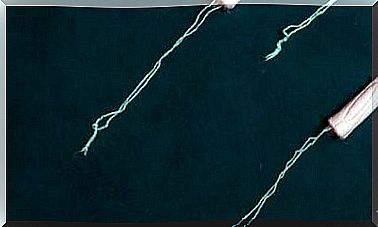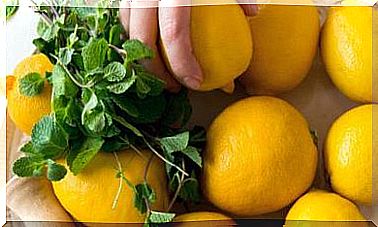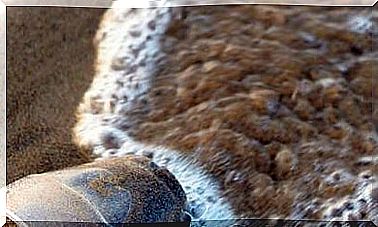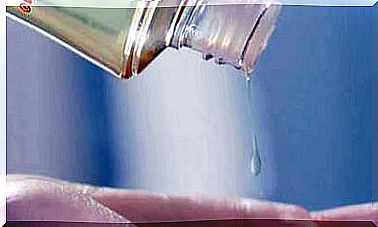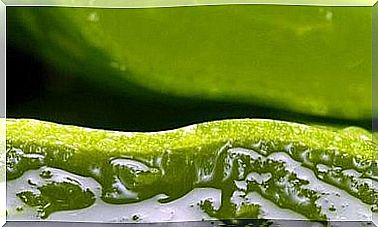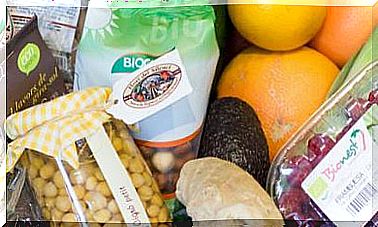Sun Yes, But With Natural Bronzers To Take Care Of Your Skin
Sunbathing is one of the great joys of summer, but if the exposure is intense it is necessary to use adequate protection.

The sun taken with caution is a huge source of comfort as it helps to improve mood and promote the natural production of vitamin D. Throughout the summer it is advisable to gradually increase your exposure to the sun, always avoiding the central hours (between twelve noon and four in the afternoon).
Not feeling heat is not synonymous with not receiving ultraviolet rays on the skin, since they also arrive on cloudy days. Along with basic care, sunscreens should be used to prevent skin aging or skin problems and at the same time serve to avoid chemical substances that can alter the sensitivity of the dermis. Hence the convenience of opting for natural alternatives.
Chemicals and minerals
The photoresists prevent the radiation from penetrating into the body. There are two types:
- Chemicals: they absorb radiation, and have to penetrate the skin to be activated, so they must be applied half an hour before sun exposure. They are susceptible to producing allergies and intolerances and are even capable of interfering with certain hormonal cycles.
- Physical or mineral: they have particles that reflect solar radiation. They are made up of clays like mica that have zinc oxide and titanium dioxide. Being chemically inert they do not produce allergies or irritations.
The certified natural cosmetics uses the latter and ensures that the size of their particles, they will not be absorbed or penetrate the body, thereby become quite friendly products. In addition, when formulated on a base of vegetable oils and waxes, they also nourish and hydrate the skin, something that is beneficial during sun exposure.
In recent years, much more cosmetic formulas have been achieved that do not whiten and that, thanks to galenic forms, such as aerosols, are more comfortable to apply.
Beyond sunscreen
To protect the skin after a sunbath, it is advisable to hydrate it. Hydration can be done from within, increasing the amount of water ingested and increasing the consumption of fresh fruits and vegetables, both raw and in juices.
In addition to being rich in water, they provide vitamins and antioxidants that capture free radicals that are released when exposed to the sun. Those with a high carotene content, such as carrots and tomatoes, are especially recommended , which add to their protective effect their ability to increase tanning.
After sun exposure, the skin can also be hydrated with post- sun or aftersun lotions. These are advisable because they eliminate free radicals and rehydrate the skin, prevent photoaging, prolong the tan and treat small skin lesions caused by the sun.
In addition to post-sun protectors and lotions, it is necessary not to forget a hat to protect the head, approved glasses, not to spray cologne before sunbathing and to check if photosensitizing medications are taken.
How to apply it
The mineral sunscreen must be distributed evenly on the skin. Thus a homogeneous distribution of the physical filters is achieved. It can be done just before being exposed to the sun, since it does not require prior activation.
